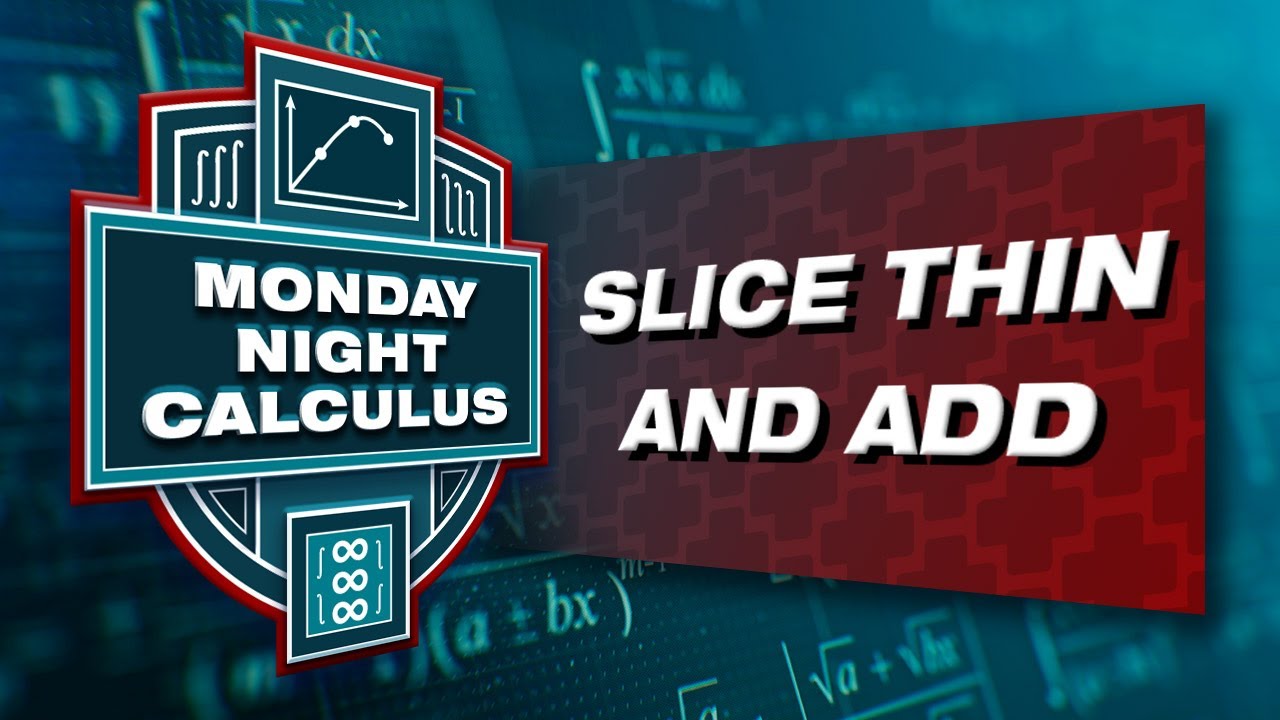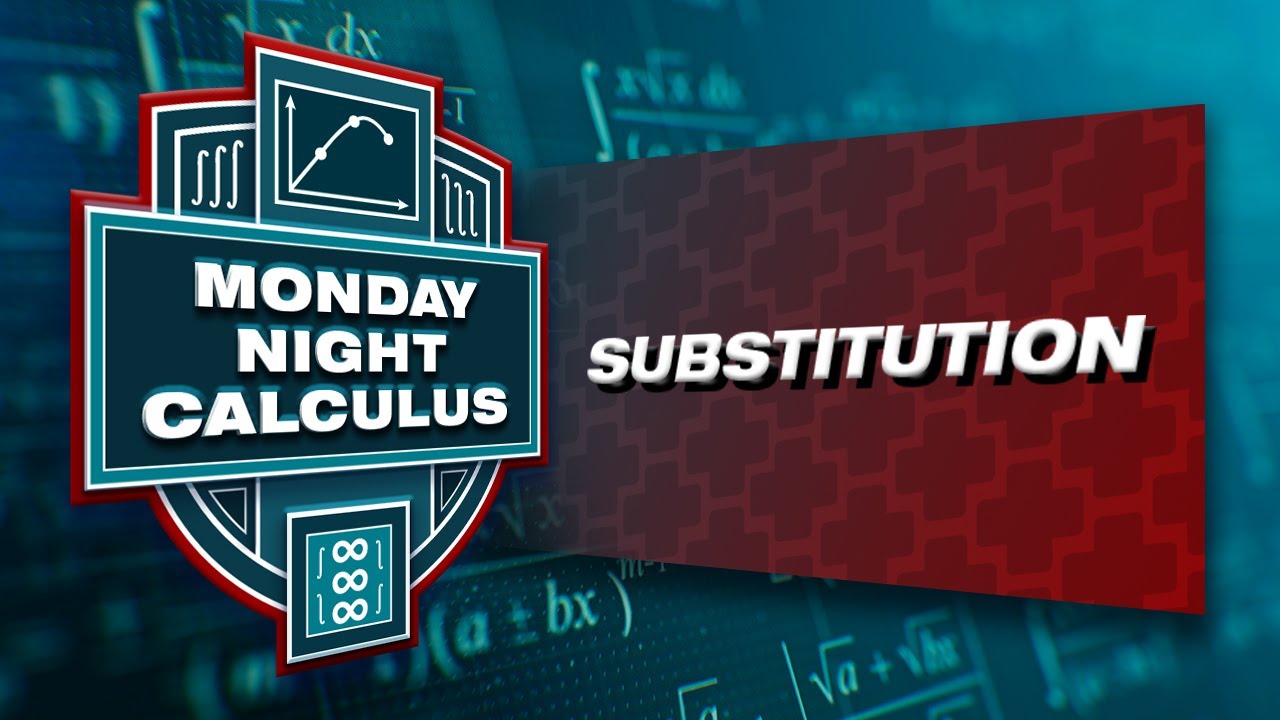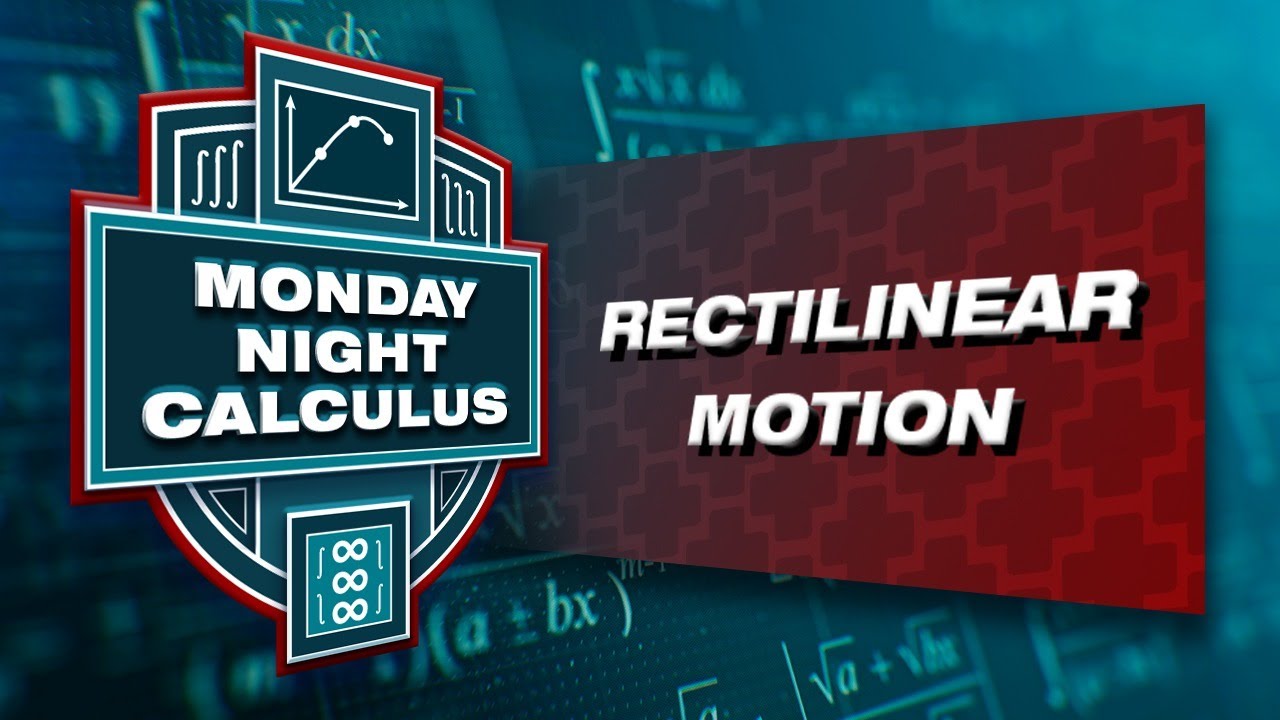Fall 2023 MNC: Vive le difference quotient - approximating derivatives
TLDRIn this engaging and informative session, Curtis Brown is joined by Steve and Tom to delve into the concept of the difference quotient and its multitude of applications in calculus. They explore the graphical interpretation of the difference quotient, its analytical problems, and its role in approximating derivatives. The session also touches on housekeeping matters, teacher resources, and professional development opportunities. Utilizing a variety of examples and real-world applications, the presenters demonstrate how to simplify difference quotients and evaluate limits, highlighting the importance of understanding these concepts for both students and teachers alike.
Takeaways
- 📘 The session focused on understanding the difference quotient and its applications in calculus.
- 🌟 Curtis Brown introduced the session, highlighting the importance of the content and housekeeping notes for teachers and students.
- 📊 Steve and Tom discussed various analytical problems related to difference quotients and their graphical interpretations.
- 📈 The use of difference quotients was explained to approximate derivatives, emphasizing the concept of limits and the tangent line approximation.
- 🤔 The instructors addressed common challenges students face when evaluating functions at different points and the need to understand the concept of limits.
- 📚 A detailed walkthrough of simplifying difference quotients was provided, with examples involving functions like x cubed and 1/x.
- 🎓 The session touched on the AP Calculus exam and the significance of understanding difference quotients in the context of the syllabus.
- 💡 The use of technology, specifically the TI-84 calculator, was demonstrated to calculate and visualize difference quotients and their applications.
- 🌐 The session concluded with a discussion on applied problems, showcasing how difference quotients can be used to estimate rates of change in real-world scenarios.
- 📆 A follow-up session in two weeks was announced, with details on where to find the related documents and additional resources.
- 📧 Curtis provided his email for teachers seeking professional development hours, encouraging engagement and follow-up.
Q & A
What is the main topic of discussion in the transcript?
-The main topic of discussion in the transcript is the concept of difference quotients and their applications in calculus, specifically in approximating derivatives and understanding the slope of tangent lines.
Who are the speakers in the transcript?
-The speakers in the transcript are Curtis Brown, Steve, and Tom Dick.
What is the significance of the difference quotient in calculus?
-The difference quotient is significant in calculus as it serves as a foundation for understanding derivatives. It is used to approximate the rate of change of a function at a specific point and forms the basis for the definition of the derivative.
How does the speaker introduce the concept of the derivative to the students?
-The speaker introduces the concept of the derivative by discussing the tangent line and velocity problems, which lead to one of the two expressions for the slope of the tangent line. The speaker also uses visual aids, such as graphs, to help students understand the equivalence of the two expressions.
What is the purpose of the housekeeping announcements made at the beginning of the session?
-The purpose of the housekeeping announcements is to inform teachers and students about the availability of solution documents and to encourage students to ask questions during the session. It also provides information on how teachers can reach out for professional development hours.
How does the speaker use technology to illustrate the concept of difference quotients?
-The speaker uses a calculator (ti84) to demonstrate how to calculate difference quotients and approximate derivatives. This includes showing how to graph functions and their derivatives, and how to use the calculator to find the slope of tangent lines at specific points.
What is the significance of the problem involving the coffee house chain in the transcript?
-The problem involving the coffee house chain is used to demonstrate how difference quotients can be applied in real-world scenarios, such as calculating the average rate of growth of store locations over specific periods.
What is the main takeaway from the discussion on the drug concentration problem?
-The main takeaway from the drug concentration problem is that the rate of change of the drug's concentration seems to be slowing down as time increases. This is inferred from the negative values obtained when calculating the difference quotients.
How does the speaker address the concept of limits in the context of the difference quotient?
-The speaker addresses the concept of limits by discussing how the difference quotient can be used to approximate the slope of the tangent line, which is essentially the limit of the difference quotient as the change in x (h) approaches zero.
What is the significance of the final problem discussed in the transcript regarding the differentiable function with a discontinuous derivative?
-The significance of the final problem is to illustrate that a function can be differentiable at a point but not continuously differentiable. This means that while the function itself is continuous at a specific point, its derivative may not be, challenging the common misconception that differentiability implies continuity of the derivative.
Outlines
📚 Introduction and Housekeeping
The video begins with Curtis Brown introducing the session focused on the difference quotient and its applications. He is joined by Steve Kakasa and Tom Dick, expressing excitement for the content. Curtis reminds teachers about the availability of the solutions document and encourages students to ask questions. The session also mentions the provision of Curtis's email address for teacher professional development hours.
📈 Visualizing the Difference Quotient
Steve starts by discussing different quotients and their use in approximating derivatives. He visually explains the concept of a difference quotient using graphs and how it can be used to find the slope of a tangent line. The explanation includes the process of finding the equation of a secant line and how it approximates the tangent line as the point on the graph gets closer to 'a'. The discussion also touches on the equivalence of two expressions for the slope of the tangent line.
🧠 Analytical Problems and Simplification
The session continues with Steve presenting a series of analytical problems involving the simplification of the difference quotient. He demonstrates how to evaluate limits and simplify expressions to understand the concept of derivatives better. The problems involve functions like x cubed and 1/x, showing how to eliminate terms from the denominator and factor out common elements to find the derivative.
📊 Technology and Graphical Representation
Tom introduces the use of technology, specifically the ti84 calculator, to visualize and solve problems related to the difference quotient. He demonstrates how to graph functions and use the calculator to approximate the slope of a tangent line. The session also explores how to graph the difference quotient function and compare it with the original function to understand the derivative visually.
🔢 Applied Problems and Real-world Connections
Curtis presents applied problems related to the growth of a coffee house chain and the concentration of a drug in a patient's body. He discusses how to find the average rate of growth and uses tables of values to approximate the instantaneous rate of growth. The session emphasizes the importance of units in understanding the context of the problems and the need to show both a difference and a quotient for full credit.
🤔 Open Questions and Upcoming Sessions
The session concludes with a discussion on some complex problems related to the continuity and differentiability of functions. The presenters leave some questions open for further exploration and encourage participants to investigate them. Curtis also mentions upcoming pre-calculus and calculus sessions, providing information on where to find the relevant documents and offering professional development hours for teachers.
Mindmap
Keywords
💡Calculus
💡Tangent Line
💡Derivative
💡Difference Quotient
💡Limit
💡Secant Line
💡Slope
💡Graph
💡Professional Development
💡Pre-Calculus
Highlights
Introduction to Monday night calculus session with Curtis Brown, Steve Kakasa, and Tom Dick.
Discussion on the difference quotient and its applications.
Housekeeping notes, including the posting of solutions document and contact information for teacher professional development hours.
Exploring the concept of the slope of the tangent line and its relation to the derivative.
Introduction to the graphical interpretation of the difference quotient and its relation to the tangent line.
Analytical problems involving simplification of the difference quotient and evaluation of limits.
Discussion on the tangent line and velocity problems leading to expressions for the derivative.
Investigation of the alternate definition of the derivative and its analytical transition.
Problem-solving techniques for simplifying difference quotients and understanding the need to evaluate limits.
Application of difference quotients in real-world scenarios, such as the growth of a coffee house chain.
Explanation of the average rate of growth and its implications on the business expansion strategy.
Instantaneous rate of growth estimation and its significance in business decision-making.
Demonstration of the use of technology, specifically the TI-84 calculator, in solving calculus problems and visualizing functions.
Discussion on the interpretation of the derivative graph and its relation to the original function.
Investigation of piecewise functions and the conditions for continuity and differentiability.
Problem-solving approach to finding constants in a piecewise function to ensure smooth transition.
Closing remarks and summary of key concepts discussed during the session.
Transcripts
Browse More Related Video

Fall 2023 MNC: Slice thin and add - Riemann sums and definite integrals

Monday Night Calculus: Substitution

Monday Night Calculus: Rectilinear motion

Fall 2023 MNC: Up close and personal with differentiability and local linearity

Applying the Derivative: Related Rates and Optimization

Fall 2023 MNC: Motion "wellness" - velocity, speed, acceleration, distance, position
5.0 / 5 (0 votes)
Thanks for rating: